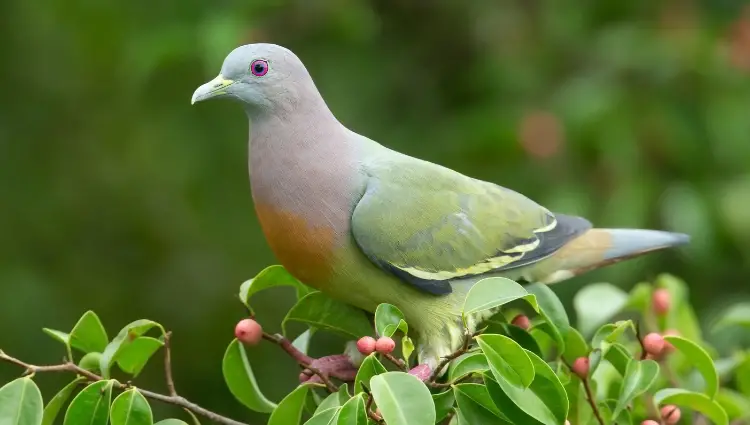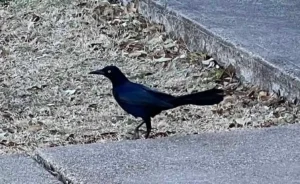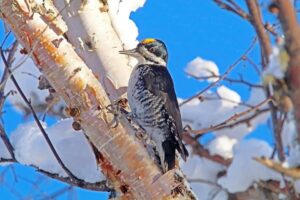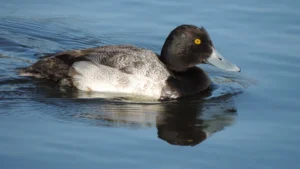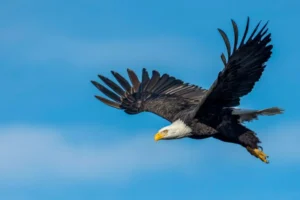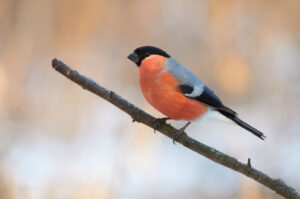Doves are beautiful and gentle birds that are known for their peaceful nature and melodious cooing. With their graceful appearance and soothing calls, doves have captured the hearts of bird enthusiasts all around the world. In this article, we will explore the fascinating world of doves and delve into the various types of doves that exist. From the common Mourning Dove to the strikingly colorful Diamond Dove, each species has its own unique characteristics and charm. So, let’s spread our wings and embark on a journey to discover the different types of doves!
The Difference Between Pigeons And Doves
Colloquially speaking, doves are smaller species from the Columbidae family, while pigeons are larger. However, from a taxonomic perspective, the difference between the two lies in their everyday language use rather than their classification. Doves often have a lighter creme, tan, or white color, whereas doves referred to as “pigeons” tend to have a dark grey appearance.
| Traits | Pigeons | Doves |
|---|---|---|
| Plumage Color | Varied | White or Gray |
| Body Size | Large | Small to Medium |
| Habitat | Urban Areas | Various |
| Feeding Behavior | Scavengers | Seed-Eaters |
| Wing Sound | Loud Clapping | Soft Cooing |
| Symbolism | Urbanization | Peace and Love |
This table provides a comparison of various traits between pigeons and doves, such as plumage color, body size, habitat, feeding behavior, wing sound, and symbolism.
Types of Doves: An Overview of Dove Species

Doves are beautiful birds that belong to the Columbidae family. There are over 300 species of birds – doves and pigeons, ranging from very small doves to large pigeons. Some well-known types of doves include the mourning dove, ground dove, spotted dove, and collared dove.
The mourning dove is one of the most common dove species in North America. It has a soft gray-brown coloring with black spots on the wings and a distinctive mournful cooing song. The ground dove is a tiny dove found in the southern United States, Central America, and the Caribbean. It has a gray and cinnamon-brown coloring and a melodic cooing song.
The spotted dove has a pinkish-gray coloring with black-bordered white spots on its wings. It is native to Asia but is now found in many parts of the world. The Eurasian collared dove has a pale gray coloring with black bands on the nape of its neck. It is an introduced species that now inhabit most parts of the world.
Some other types of doves in the united states include:
- White-winged dove: A large dove with gray, white, and cinnamon-brown coloring. Found in the southern US, Mexico, and Central America.
- Inca dove: A small dove with scaly, cinnamon-brown plumage and black and white spots on the wings. Native to southwestern US and Central America.
- Common ground dove: A tiny dove, mostly grayish brown, found throughout the US, Central America, and northern South America.
- Eurasian collared dove: Pale gray with black patch on hindneck. An introduced species now found throughout the Americas.
- Spotted dove: Pale gray with black-bordered white spots on wings. Native to Asia but now found throughout the world.
- Diamond dove: Small, long-tailed dove with gray and cinnamon plumage. Native to Australia and New Guinea.
- Zebra dove: Small, chunky dove with barred cinnamon and white plumage. Native to Asia but introduced elsewhere.
Doves and pigeons belong to the bird family Columbidae, which includes over 300 species found throughout the world. Some well-known dove species in the US include the mourning dove, ground dove, white-winged dove, and spotted dove. Doves make beautiful backyard birds and contribute to a variety of ecosystems. By providing native plants, shrubs, and trees that supply grains, seeds, and berries, you can attract different dove species and support their populations.
Types of Doves – How To Identify a Dove
How To Identify Common Ground Dove

The Columbia Passerina, or common ground dove, is the smallest of the dove species. It has a shorter wingspan, a squarer tail, and shorter legs than other doves. Their thin, pink or red beak tapers to a gray tip. They look round and round because their faces are so short. In addition, their heads are lighter in hue while their wings are covered in dark feathers. Instead of resting flat and smooth, the feathers on their head and throat look ruffled or crimped. These small doves are only a hair bigger than a house sparrow, but they have their own unique traits.
From the southernmost areas of the United States to the northernmost parts of South America, common ground doves can be found. They may travel relatively short distances when it becomes cold, but otherwise they stay within their normal range.
How To Identify a Eurasian Collared Dove
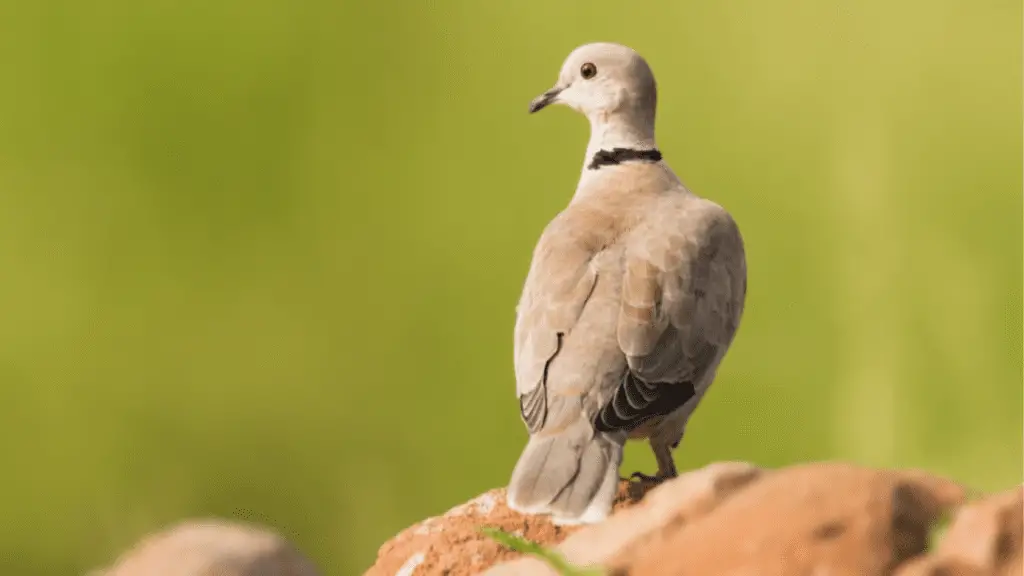
A fawn brown body, long squared tail feathers, and a conspicuous black collar-like band on the back of the neck characterize the Eurasian collared dove (Streptopelia decaocto). Their feet are a ruddy color, and their bills are long and narrow and black. Eurasian collared doves are a species of dove that were brought to the Bahamas in the 1960s from Eurasia and have subsequently expanded throughout the region. Approximately 400–500,000 Eurasian collared doves are currently living in the United States.
These doves are invasive because their populations in North America have grown far faster than in their native Europe. Eurasian collared doves are considered game birds in states like Texas, where dove hunting is a popular pastime. The western two-thirds of the United States, northern Mexico, and a small portion of British Columbia, Alberta, and Saskatchewan lie within their year-round range. A small population of Eurasian collared doves can be found in southern Mexico all year round.
How To Identify a Spotted Dove
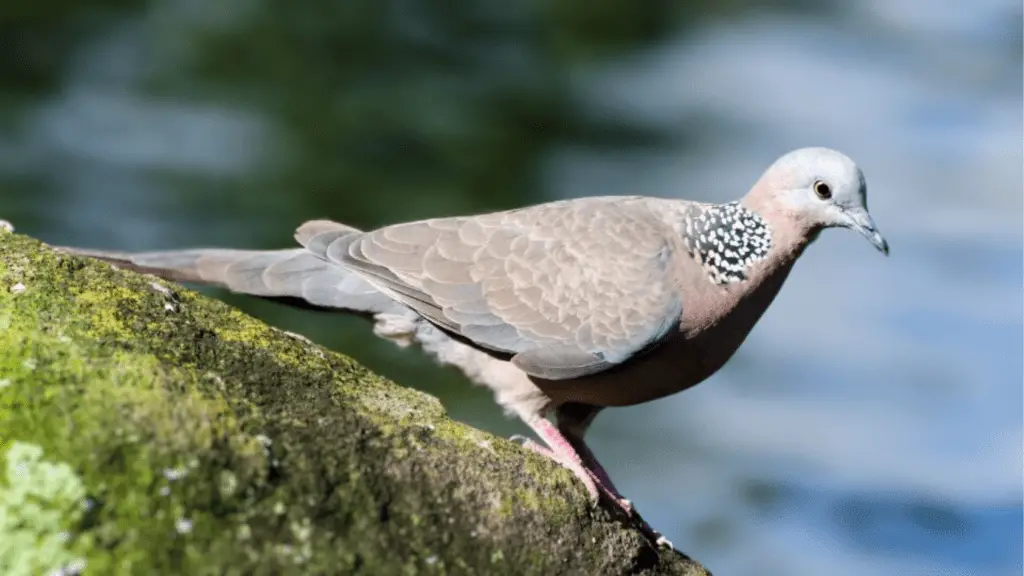
The dark shoulder patch of the spotted dove (Spilopelia Chinensis) is ornamented with white spots, making it easy to identify. Its eyes are brown, and its beak is black. It’s possible that different subspecies have different sized spotted patches. Common names for this species include mountain dove, pearl-necked dove, lace-necked dove, and spotted turtle dove. However, its numbers in the United States are still low and falling.
Spotted doves have successfully sustained a large population in their native Asia. Although they were first introduced more than a century ago, they have only recently begun to spread beyond their original home in Southern California cities like San Diego and Bakersfield.
How To Identify an Inca Dove
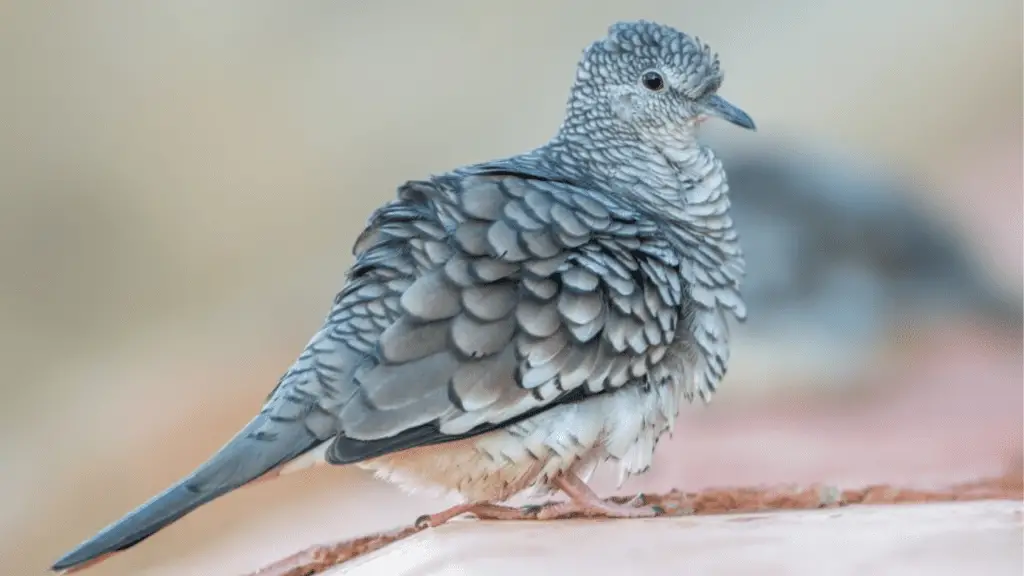
A little gray dove with a long tail, the Inca dove (Columbina Inca) is native to South America. The feathers around the borders give it a ruffled, scale-like appearance that is always present. The Mexican dove is a black bird with a black bill and black eyes. The toenails on its pink feet are dark. The Inca dove is most at home in grasslands, deserts, parks, and even cities.
Although it is native to Mexico, Inca doves can be seen as far north as Texas, south as New Mexico, west as Arizona, and even as far east as the California–Arizona border. Additionally, you can locate them in Central America. Roughly 600,000 Inca doves also call the United States home.
In order to keep warm, Inca doves engage in a behavior known as “pyramid roosting,” in which they stack on top of one other.
How To Identify a White-Winged Dove

The white tips on the wings of white-winged doves (Zenaida Asiatica) are a telltale sign of the species. In addition, each has a distinguishing black diagonal stripe across one cheek. Their name comes from the white tips on their wings, although they also have small, square tail feathers. These doves’ black bills contrast with their ruby eyes.
White-winged doves are increasing in number and are currently classified as a species of “least concern,” with an estimated population of 9.8 million. They thrive in desert environments and subsist mostly on cactus fruit and nectar. In regions where gigantic saguaro cacti are found, the white-winged dove is an important pollinator.
Southern Arizona, New Mexico, and much of Texas all have year-round populations of white-winged doves. Additionally, you can find them throughout the Gulf Coast region, Central America, and Mexico.
These six dove bird species in the United States each have their own unique qualities, but they also share many characteristics in common. They form monogamous relationships for life, with the males making cooing sounds to woo females. Doves have an average of three broods per breeding season. Roosting and nesting places are more successful when located in open areas.
Doves build their nests on the ground or very close to it, and both parents take turns incubating the eggs. Crop milk, also known as pigeon milk, is what male and female doves use to nourish their young, which are called squabs.
These doves are common sights in metropolitan areas, where they can be fed sunflower seeds, millet, and cracked corn from bird feeders. They scavenge in fields for food sources like grains and seeds. Due to their dry diet, doves might be attracted to your backyard flock by installing a bird bath.
Types of Doves FAQs

Q. What are the different types of doves?
The different types of doves include mourning dove, ground dove, collared dove, inca dove, turtle dove, white-winged dove, spotted dove, eurasian collared dove, common ground dove, fruit dove, namaqua dove, tambourine dove, diamond dove, zebra dove, black-winged ground dove, and black-billed wood dove. These are just a few examples of the numerous dove species found worldwide.
Q. What is the difference between a dove and a pigeon?
Doves and pigeons are part of the same bird family called Columbidae, and the terms are often used interchangeably. However, doves are typically smaller and more delicate in appearance compared to pigeons. They also tend to have a more gentle cooing sound. The terms “dove” and “pigeon” can be used to refer to both wild and domesticated birds.
Q. Where do doves live?
Doves are found all over the world, except for the polar regions and some remote islands. Their habitats vary depending on the species. For example, mourning doves are commonly found in woodland areas, while ground doves prefer more open habitats such as grasslands and deserts. Some doves, like the white-winged dove, are native to specific regions, such as the United States.
Q. How can I differentiate between dove species?
Differentiating between dove species can be challenging, especially for beginners. However, certain features can help in distinguishing them. Pay attention to differences in size, plumage colors and patterns, beak structure, and calls. Additionally, observing the habitat and behavior of the birds can provide clues about their species. Consulting a field guide or an experienced bird-watcher can also be helpful.
Q What is the nesting behavior of doves?
Doves build nests using twigs, grass, and other plant materials. The nests are often simple structures and placed in trees, shrubs, or on the ground, depending on the species. Both male and female doves take turns incubating the eggs. Once the eggs hatch, both parents feed and care for the chicks until they are ready to leave the nest.
Q. Are doves social birds?
Yes, doves are social birds that often form flocks. These flocks can range in size from just a few birds to hundreds of individuals. The social behavior of doves can vary depending on the species and the availability of resources in their habitat. Some dove species are known to roost and feed in large groups called “pyramid roosting,” where numerous birds gather on a shared roosting spot.
Q. How long do doves live?
The lifespan of doves varies depending on the species and environmental factors. On average, doves can live for 5 to 15 years in the wild. However, some species, such as the Mourning Dove, have been known to live up to 20 years in captivity. Proper nutrition, access to clean water, and protection from predators are essential for the longevity of doves.
Q. Do doves mate for life?
Many species of doves are monogamous and form strong pair bonds that can last for multiple breeding seasons. Once a pair of doves form a bond, they will often stay together for life. These devoted bird couples engage in courtship displays, such as cooing, bowing, and preening each other, to strengthen their bond.
Q. Can doves be kept as pets?
Yes, certain species of doves, such as Diamond Doves and Ring-necked Doves, can make wonderful pets. Doves are generally gentle, easy to care for, and can be quite tame with proper handling and socialization. However, it’s important to provide them with a spacious and safe aviary or cage, as well as a balanced diet consisting of seeds, grains, and fresh fruits.
Q. Are doves a symbol of peace?
Yes, doves have long been associated with peace and tranquility. In many cultures and religions, doves symbolize harmony, love, and hope. The iconic image of a dove carrying an olive branch is widely recognized as a symbol of peace. This symbolism is rooted in biblical references, such as the story of Noah’s Ark, where a dove brought back an olive leaf, indicating the end of the flood and the return of peace to the world.
Q. How can I attract doves to my garden?
To attract doves to your garden, you can provide them with suitable habitats and a reliable source of food and water. Planting trees and shrubs that produce seeds and berries can entice doves to visit your garden. Additionally, setting up bird feeders with a mix of grains, sunflower seeds, and cracked corn can attract doves and other bird species. Remember to keep the feeders clean and refill them regularly to ensure a steady food supply.
Conclusion
Doves are captivating creatures that bring beauty and tranquility to our surroundings. Their gentle nature, melodious calls, and unique characteristics make them a favorite among bird enthusiasts worldwide. From the familiar Mourning Dove to the colorful Diamond Dove, each type of dove offers its own charm and appeal. Whether you’re fascinated by the graceful flight of the White-winged Dove or the urban adaptability of the Rock Dove, there’s a dove species for everyone to appreciate.
In this comprehensive guide, we’ve explored a variety of dove species, highlighting their distinguishing features and habitats. We’ve also answered some frequently asked questions to provide you with a deeper understanding of these captivating birds. So, the next time you hear the gentle cooing of a dove or catch a glimpse of its beautiful plumage, you’ll be able to identify and appreciate the type of dove you’re encountering.

